Depression/Anxiety/PTSD Research
tPBM Depression/Anxiety/PTSD Research
Reduced Symptoms Induced by Stress
“Our finding revealed the improving effects of tPBM and EE on depressive and anxiety-like behaviors induced by noise stress, possibly by augmenting the BDNF/TrkB/CREB signaling pathway.”
Anti-Anxiety and Anti-Depressive Effects
“Our results demonstrated that NIR TPBM had an anti-anxiety and anti-depressive effect in CRS mice, which is probably linked to increasing 5-HT and decreasing NO levels in the PFS and Hipp areas.”
Stress and Inflammation Reduction
“Transcranial NIR PBM and CoQ10 therapies may be effective antidepressant strategies for the prevention of psychopathological and behavioral symptoms induced by stress.”
Pilot Study for Major Depressive Disorder
“t-PBM with NIR light demonstrated antidepressant properties with a medium to large effect size in patients with MDD.”
Beneficial Effects on Major Depressive Disorder
“Beneficial effects of transcranial photobiomodulation therapy in the wide range of neurological and psychological disorders have been already shown.”
Systematic Review of Efficacy and Benefits
“Preliminary evidence supports the potential of non-retinal PBM as a novel treatment for MDD.”
Treating PTSD in Veterans
“Those beneficial effects included reduced depression, reduced suicidal thoughts, reduced sleep disturbance, and increased employment.”
Treatment of Comorbid Depression
“For 32 of 39 patients, posttreatment QIDS scores indicated a remission from depression (decrease of QIDS total score ≤5).”
Improving Inflammation, Oxidation, and Neurogenesis in MDD
“Studies suggest the processes aforementioned are potentially effective targets for PBM to treat depression. There is also clinical preliminary evidence suggesting the efficacy of PBM in treating MDD, and comorbid anxiety disorders, suicidal ideation, and traumatic brain injury. Based on the data collected to date, PBM appears to be a promising treatment for depression that is safe and well-tolerated.”
Improved Cognitive Function in Brain Injury
“Neuropsychological testing after 9 months of transcranial therapy indicated significant improvement (+1, +2SD) in executive function (inhibition, inhibition accuracy) and memory, as well as reduction in post-traumatic stress disorder.”
Psychological Benefits Single Treatment
“We found significant reductions in both mean HAM-D and HAM-A rating at 2 and 4 weeks following treatment. At 2-weeks post treatment 6 of 10 of patients had a remission (a score ≤ 10) on the HAM-D and 7 of 10 on the HAM-A.”
Proof of Concept Study Major Depressive Disorder
“Time to remission was 6-7 weeks, consistent with other antidepressant treatments.”
Cognitive and Emotional Improvements in Humans
“These data imply that transcranial laser stimulation could be used as a non-invasive and efficacious approach to increase brain functions such as those related to cognitive and emotional dimensions.”
Benefits in Older Bipolar Patients
“We found TILS-induced improvements in cognitive performance on the tasks that measure cognitive flexibility and impulsivity, after 5 weekly sessions of TILS.”
Improving Anxiety, Depression and Cognition
“Photobiomodulation therapy appears to be a safe efficacious modality for ameliorating various degrees of anxiety and depression and for improving cognition, and is supported by several well established mechanisms of action at the molecular, cellular, and tissue levels.”
Adults with Elevated Depression Symptoms
“A significant three-way interaction between LLLT condition, ABM response, and time indicated that right LLLT led to greater symptom improvement among participants whose attention was responsive to ABM (i.e., attention was directed away from negative stimuli).”
Major Depressive with Alzheimer’s Disease
“The greatest effect sizes for the antidepressant effect were found in studies using pulse-wave t-PBM with high peak irradiance (but low average irradiance) over large skin surface.”
Patients with Low Back Pain and Depression
“This preliminary investigation suggests that an antidepressant effect may result from PBM to the back and thighs in patients with LBP and concurrent depression.”
Treatment of Major Depression
“After reading the articles published in the last 10 years, within the criteria stipulated by this review, it can be affirmed that, in all the articles, positive effects of the use of photobiomodulation for the treatment of depressive pictures were evidenced.”
Management of Psychological Disorders
“The review included 36 articles in which this technique was applied in healthy subjects and subjects with psychological symptoms, and its analysis highlights the possible use of PBM as a promising future technique”
Improved Cognition in Traumatic Brain Injury
“Testing was performed before and after transcranial LED (tLED; at 1 week, 1 month, and at 2 months after the 18th treatment) and showed significant improvements in executive function and verbal memory.”
